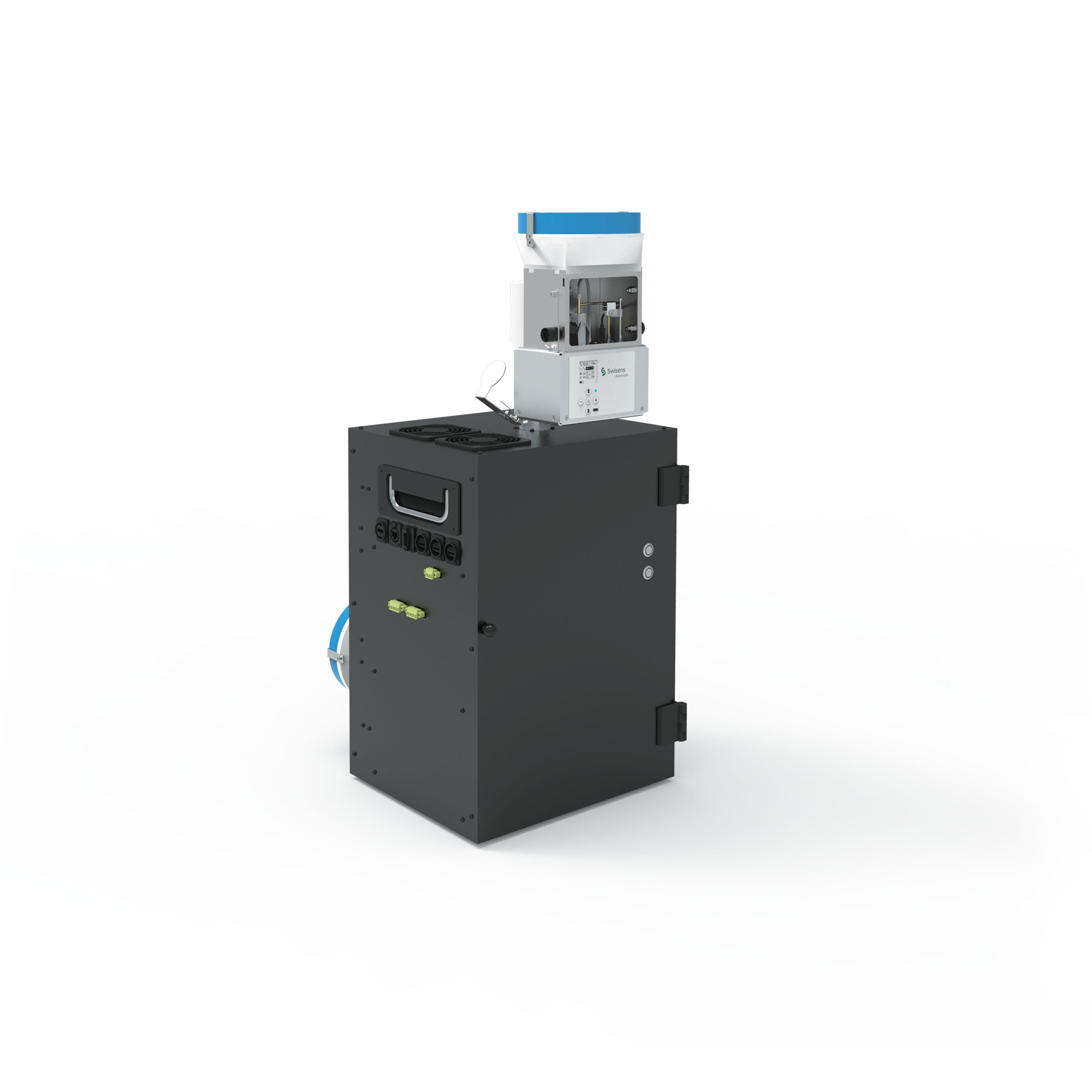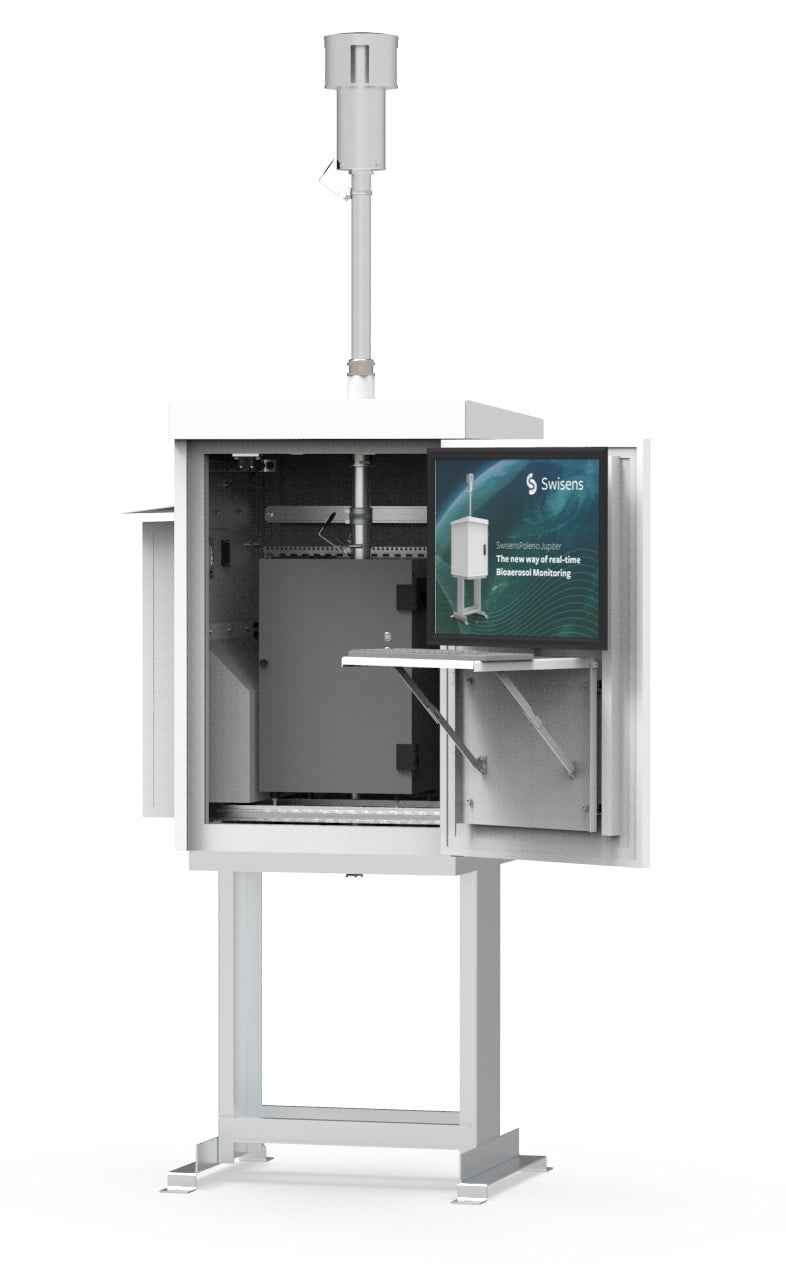Vom Partikel zum Bildschirm
Wie Bioaerosol-Daten zu den Nutzern gelangen Dieser Artikel beschreibt, wie wir einzelne Pollenkörner, Sporen und weitere Bioaerosol-Partikel in Daten
Echtzeit-Bioaerosol Monitor
Stabiler Langzeit-Betrieb
Lokale Konzentrationen von Bioaerosol-Partikel zuverlässig in Echtzeit messen und identifizieren. Hohe Verfügbarkeit dank robustem Design und hochwertiger Technik.
Einzigartige Identifikation
Basierend auf einem umfangreichen Datensatz und in Kombination mit modernsten Machine Learning Algorithmen wird eine hervorragende Qualität der Klassifikationsergebnisse erreicht.
Transparente Daten
Transparente Protokolle und der Zugriff zu den Rohdaten ermöglichen die Kontrolle der Messdaten, die zu Forschungszwecken benötigt werden.
Labor- und Feldeinsatz
Dem Einsatz sind keine Grenzen gesetzt. SwisensPoleno Jupiter lässt sich sowohl im Netzwerk draussen im Feld wie auch als einzelnes Messsystem im Labor einfach und benutzerfreundlich betreiben.
SwisensPoleno Jupiter ist die neuste Generation optischer Partikelmesssysteme für die Echtzeit-Messung und Überwachung von Bioaerosolen. Der Echtzeit-Bioaerosol Monitor SwisensPoleno Jupiter vereint neuste Messmethoden mit künstlicher Intelligenz und transparenten Datenauswertung zu einem zuverlässigen Messsystem für die autonome Partikel-Identifikation. Dazu zählen Pollen, Sporen, weitere Bioaerosole und Feststoff-Teilchen in der Umgebungsluft.
Entwickelt für die Entdeckung des Partikel-Mikrokosmos und die zukunftsweisende, autonome Messung und Überwachung von Bioaerosolen.
SwisensPoleno Jupiter und seine Messmethoden:
Die wichtigsten Spezifikationen im Überblick:
Weitere Vorteile von SwisensPoleno Jupiter


Wie Bioaerosol-Daten zu den Nutzern gelangen Dieser Artikel beschreibt, wie wir einzelne Pollenkörner, Sporen und weitere Bioaerosol-Partikel in Daten
In diesem Blog-Artikel lernen Sie das Relative Fluoreszenz Spektrum vonSwisensPoleno Jupiterkennen. Wir führen Sie dabei Schritt für Schritt an die
Die neusten Technologien erlauben die Messung und Überwachung von Aerosol-Partikeln in Echtzeit.Ein Messsystem saugt dabei kontinuierlich Luft an und
Um dieser Frage nachzugehen, gehen wir in diesem Beitrag auf unsere Systeme für die Echtzeit-Überwachung von Pollen ein. Wir zeigen auf, welche
Dieser Artikel erklärt Ihnen die Grundlagen für die automatische Identifikation von Aerosol-Partikel. Wir erklären Ihnen wie unsere Messsysteme
Eine häufige Frage die wir von unserer Community gestellt kriegen ist: